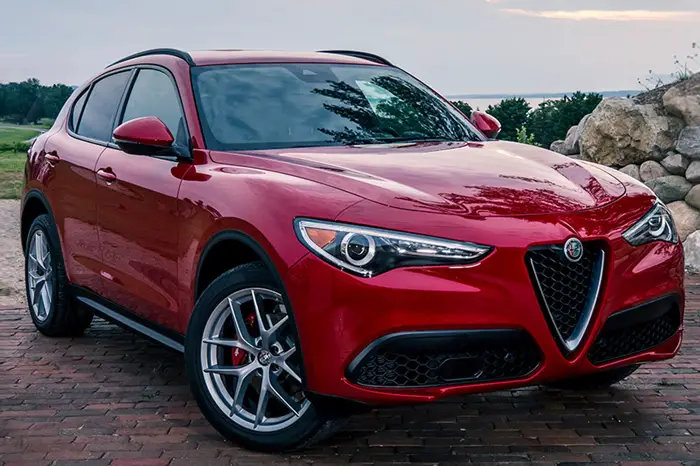 The company that became Alfa Romeo was founded as “Darracq Italiana” in 1907 by Cavaliere Ugo Stella, an aristocrat from Milan, in partnership with the French automobile firm of Alexandre Darracq. The firm initially produced Darracq cars in Naples, but after the partnership collapsed Stella and the other Italian co-investors moved production to an idle Darracq factory in the Milan suburb of Portello, and the company was renamed ALFA (Anonima Lombarda Fabbrica Automobili). The first non-Darracq car produced by company was the 1910 24 HP (named for the 24 horsepower it produced), designed by Giuseppe Merosi. Merosi would go on to design a series of new ALFA cars with more powerful engines (40-60 HP). ALFA also ventured into motor racing, drivers Franchini and Ronzoni competing in the 1911 Targa Florio with two 24 HP models. However, the onset of World War I halted automobile production at ALFA for three years.
The company that became Alfa Romeo was founded as “Darracq Italiana” in 1907 by Cavaliere Ugo Stella, an aristocrat from Milan, in partnership with the French automobile firm of Alexandre Darracq. The firm initially produced Darracq cars in Naples, but after the partnership collapsed Stella and the other Italian co-investors moved production to an idle Darracq factory in the Milan suburb of Portello, and the company was renamed ALFA (Anonima Lombarda Fabbrica Automobili). The first non-Darracq car produced by company was the 1910 24 HP (named for the 24 horsepower it produced), designed by Giuseppe Merosi. Merosi would go on to design a series of new ALFA cars with more powerful engines (40-60 HP). ALFA also ventured into motor racing, drivers Franchini and Ronzoni competing in the 1911 Targa Florio with two 24 HP models. However, the onset of World War I halted automobile production at ALFA for three years.
1916 saw the company come under the direction of Neapolitan entrepreneur Nicola Romeo, who converted the factory to produce military hardware for the Italian and Allied war efforts. Munitions, aircraft engines and other components, compressors and generators based on the company’s existing car engines, and heavy locomotives were produced in the factory during the war. When the war was over, Romeo took complete control of ALFA and car production resumed in 1919. In 1920, the name of the company was changed to Alfa Romeo with the Torpedo 20-30 HP becoming the first car to be badged as such. Giuseppe Merosi continued as head designer, and the company continued to produce solid road cars as well as successful race cars.
In 1923 Vittorio Jano was lured away from Fiat, partly thanks to the persuasion of a young Alfa racing driver named Enzo Ferrari, to replace Merosi as chief designer at Alfa Romeo. The first Alfa Romeo under Jano was the P2 Grand Prix car, which won Alfa Romeo the world championship in 1925. For Alfa road cars Jano developed a series of small-to-medium-displacement 4, 6, and 8 cylinder inline power plants based on the P2 unit that established the classic architecture of Alfa engines, with light alloy construction, hemispherical combustion chambers, centrally-located plugs, two rows of overhead valves per cylinder bank and dual overhead cams. Jano’s designs proved to be both reliable and powerful.
Enzo Ferrari proved to be a better team manager than driver, and when the factory team was privatised, it then became Scuderia Ferrari. When Ferrari left Alfa Romeo, he went on to build his own cars. Tazio Nuvolari often drove for Alfa, winning many races prior to WWII.
In 1928 Nicola Romeo left, with Alfa going broke after defense contracts ended, and in 1933 Alfa Romeo was rescued by the government, which then had effective control. Alfa became an instrument of Mussolini’s Italy, a national emblem. During this period Alfa Romeo built bespoke vehicles for the wealthy, with the bodies normally built by Touring of Milan or Pininfarina. This was the era that peaked with the legendary Alfa Romeo 2900B Type 35 racers.
The Alfa factory was bombed during World War II, and struggled to return to profitability after the war. The luxury vehicles were out. Smaller mass-produced vehicles began to be produced in Alfa’s factories.
By the 1970s Alfa was again in financial trouble. The Italian government bowed out in 1986 as FIAT bought in, creating a new group, Alfa Lancia Spa, to manufacture Alfas and Lancias.


